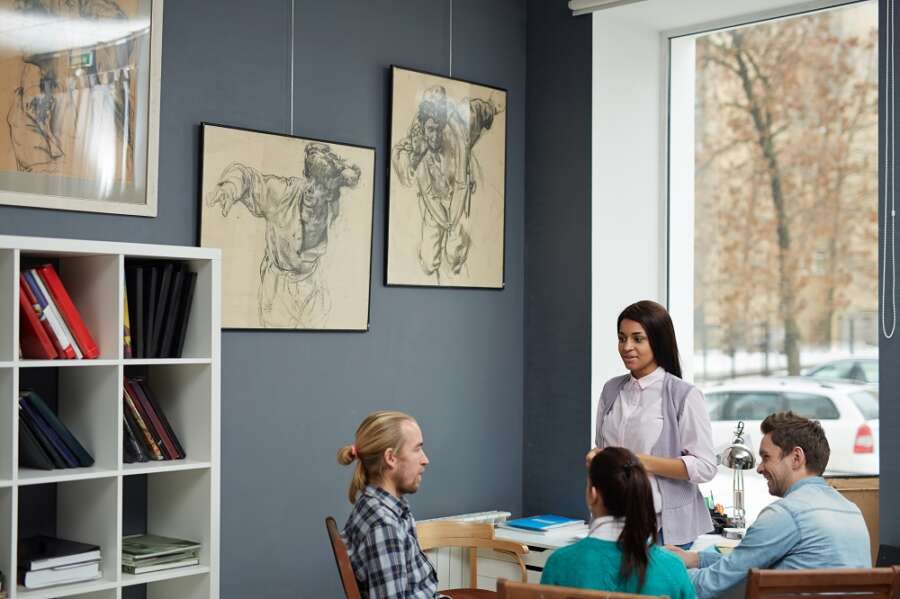By: Martin Heaps
Whether you are looking to acquire art for decorative purposes, as an investment, or for a love and passion for the arts, building a strong art collection requires time and knowledge, and should not be rushed.
The art market can feel intimidating, but it is important that everyone can enjoy buying and owning art. The world of art is a wonderful place to explore and discover as it is full of artists with diverse practices and styles. Whether you want to buy your first major work, or simply want to enhance your experience at a fair or gallery opening, all it takes is an open mind and some curiosity.
We spoke to Martin Heaps, Founder and Owner of Collect Art, as he is passionate about helping people to get started in collecting art. Martin says, “Collecting art is a very subjective experience, but it is also a great way to showcase aspects of your personality and make a statement about who exactly you are. It is important to remember that collectors come from all different lifestyles and backgrounds and we encourage and support people from all walks of life who are keen to collect art.”
Collect Art Gallery based in Lymm, Cheshire
He continues, “Many people think of buying art as an investment. While many people consider buying art solely for investment purposes, it’s really important for new buyers to understand that there are no guarantees when it comes to investing in art. If a return on art investment is your primary driver for collecting art, you will have to look at established artists which means their art will be more expensive to purchase.”
Geoffrey Key’s art exhibited at Collect Art in Lymm, www.collectart.co.uk
Martin suggests spending time to learn about the various types of artworks, mediums, and styles. Read up on artists and visit museums and your local art galleries. The more art you see, the more you will start understanding the difference between various techniques, mediums, and styles used by different artists. Most importantly, you will train your mind and eye to identify the types of art you love and enjoy more than others.
If you have never acquired a work of art before, there are a number of important things you should consider before making that decisive purchase. The first thing is to ensure the painting has provenance, which is the documentation that authenticates a particular piece of art. These documents outline details like the work’s creator, history, and appraisal value. It is also important to focus on quality not quantity. Take your time between buying works, you might find that what you bought six months ago is no longer to your tastes. Also, remember that even if you really love a work, it is always better to buy a work that is in good condition – having to restore a work in poor condition can drive up the cost of it significantly.
Tight Rope Walker by Alan Lowndes, from the Collect Art showroom in Lymm
Martin also suggests to weigh up your risks. With any form of investment, higher returns are often tagged to higher risks. “You may see or hear of other collectors buying young emerging artists and making a good profit reselling them later, and it’s tempting to follow suit. However, we strongly recommend that art should not be purchased for pure investment.”
You need to like the artwork, be willing to live with the piece, and believe in the artist’s career. If you’re completely new to the field, it’s better buy something a bit more conservative and collect the tried and tested favourites.
There is no short cut to connoisseurship and it does take time, energy and money. Talking to artists, other collectors, curators and art advisors and using the plethora of information available on the internet will increase the pace of learning.
Martin and the team at Collect Art offer an in-depth free art consultancy service for current clients and anyone who is keen on finding out more about art. The team is available online, over the phone, in the gallery, or in your own home. Collect Art takes pride in the many years of experience in art consulting and going on a journey with a client to find the perfect piece of art brings the team a lot of joy.
For more about Collect Art or to get advice about starting an art collection, visit: https://collectart.co.uk



